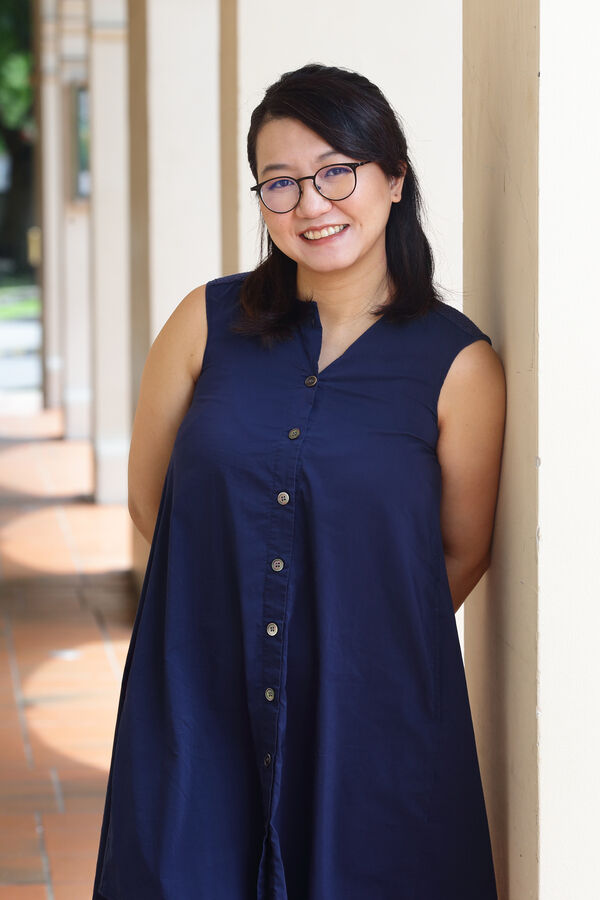Exceptionally talented and fuelled by an undeniable passion for their craft, Rit Xu and Guo Ningru are two stellar artists whose works have enriched Singapore’s arts scene.
For their laudable efforts and achievements in their careers, the flautist and music educator and the sound designer were honoured with the National Arts Council (NAC)’s Young Artist Award 2022 last December, an accolade that recognises talented practitioners aged 35 and below and acknowledges their distinctive talent, music potential, and artistic excellence locally and overseas.
Rit and Ningru’s exemplary work to date has made them prominent figures in their individual sectors and both artists are continuing to push Singapore’s arts to a higher, global level.
Ningru, 35, shared: “ I feel that Singapore has a lot to offer, contrary to what we like to humbly think of ourselves. It is an honour to be able to collaborate with international productions and share in the knowledge, expertise, and culture.”
As Rit and Ningru pursue groundbreaking ventures — performing and competing overseas and collaborating with international productions respectively — their commitment to staying true to their art always takes precedence.
Rit, 33, shared: “I want my love for improvisation and a keen focus on melody, groove, propulsion, and group dynamics to take center stage, and redefine what the flute can achieve in a contemporary music setting.”
In an interview with Hear65, Rit and Ningru shared how it feels to have attained NAC’s Young Artist Award 2022, revealed the inspirations behind their work, and talked about the impact of their respective roles on Singapore’s art scene.
Hi Rit and Ningru! Congratulations on attaining 2022’s Young Artist Award! What does this award mean to each of you?
RIT: Thank you! I feel very blessed and honoured to be given national recognition for the work that I do. It serves as further encouragement for me to continue my work of championing instrumental excellence as well as to raise the profile of original jazz music from Singapore into the community — and to the world.

NINGRU: This award is a huge honour to behold as a sound designer in Singapore. Especially for a technical design field that cannot be seen but only heard and felt, this is an affirmation of the importance of this art form and of my work and contributions to the scene. The award will inspire and motivate me to not only continue to do the work that I do but also break more ground and innovate more on the projects I’m working on.
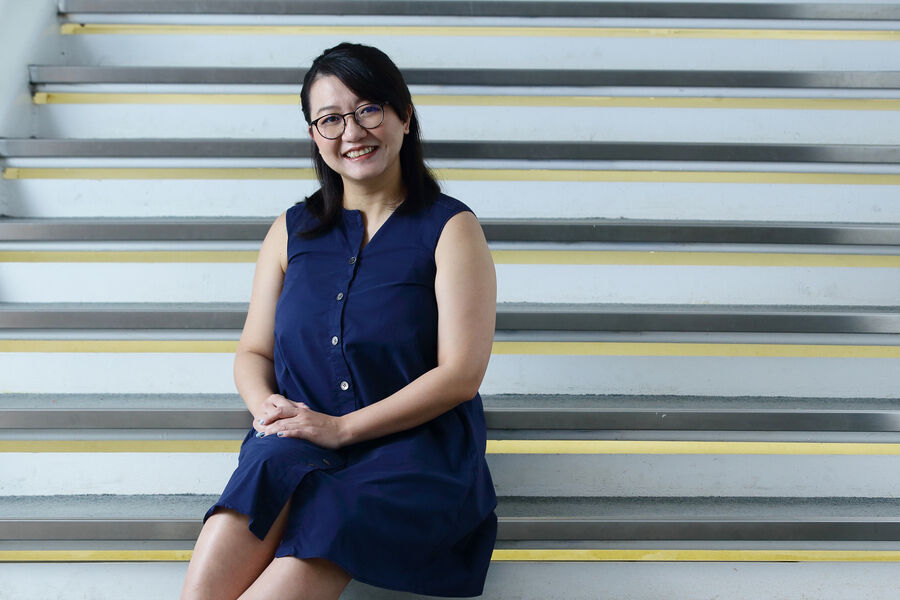
How did you know that you wanted to pursue the careers that you're currently in?
RIT: I was fortunate that my late father introduced me to flute music when I was a kid, and I just fell in love with its sound the first time I heard it. In my early days, the flautists that had a huge influence on me were artists such as James Galway, Patrick Gallois, Dave Valentin, and Hubert Laws. It still amazes me how the Boehm flute is capable of such a wide variety of sonic palettes and musical expressions — even though it is just a piece of silver tube at its core. Most importantly, I found my voice through this instrument and it allows me to “sing” stories about life and our shared humanity to my audience.
“Most importantly, I found my voice through this instrument…”
View this post on Instagram
“The reward for my work is enjoying the performance that we have collectively put together.”
NINGRU: I enjoy watching musicals and the performing arts. I feel that sound design is a perfect balance between science, technical programming, and art. My love for music, literature, and performing arts is perfectly balanced with the more technical side of design, which involves some physics, mathematics, and programming. Best of all, the reward for my work is enjoying the performance that we have collectively put together.
Let’s talk about your roles within Singapore’s arts scene.
Rit, as a young artist you also have the responsibility of mentoring budding musicians. What are the biggest takeaways from your time with the Jazz Association Singapore Orchestra (JASSO)? How do you hope Singapore jazz will continue to evolve?
RIT: It has always been exciting for me to perform with and compose music for JASSO. Besides soaking in the incredible big band repertoire of the past eighty years or so, we also present original compositions by our local composers as well as the works of present-day masters.
It is important to look at youth development in order for music to evolve. As such, the Lion City Youth Jazz Festival and the other youth jazz programmes in our country have definitely played a significant role in raising the profile of jazz and creating interest for younger musicians, their friends, and the list goes on. The chain effect from the younger ones resulted in what I think is a combined aura of interest in the music — which ignites room for further curiosity among them.
Attending live performances is also the key, followed by having access to recorded music from great artists. Early exposure for children and youths to the sounds of this music would definitely create an aural impression in them that could resurface in the future — be it listening enjoyment or active participation.
“Our country has definitely played a significant role in raising the profile of jazz and creating interest for younger musicians.”

Ningru, could you share more about what sound designers in Singapore bring to the country’s arts scene and some of the challenges that you’ve faced as a sound designer?
NINGRU: Sound design is a strange wedge between music and sound engineering — which are the two more common vocations in the field; to be a great sound designer, one needs to balance between the two. It is also very niche and mostly unheard of. Most educational institutions either focus on music or sound art (content creation) or technical sound engineering. We struggle to be heard and recognised as important when the visual design of the piece usually takes precedence.
Yet, good sound design can be executed so brilliantly that it elevates the entire experience without the audience realising it’s there. That’s the beauty of the craft. It can influence emotions, audience reactions, and the listening experience. But it is only most successful when it helps to bring out the artwork without drawing attention to itself.
“That’s the beauty of the craft. It can influence emotions, audience reactions, and the listening experience.”
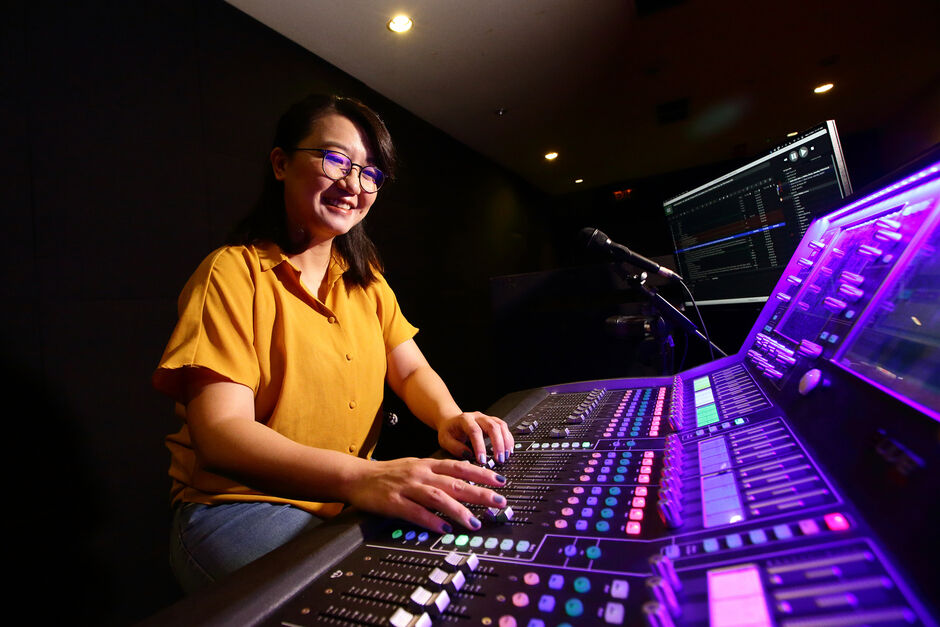
Rit, you have performed at music festivals and participated in competitions around the world and Ningru, you have worked on regional productions. How does it feel to have been able to represent Singapore on a global level?
RIT: I feel honoured every time I get to perform overseas, but nonetheless the stage is a sacred space to me and I relish every moment on it, locally or globally. Many of my local friends and colleagues are also presenting their artistry worldwide, and that is inspiring. My goal is always to try and make music that I would enjoy as a listener, and if that also puts an international spotlight on Singapore then it is an added bonus.
View this post on Instagram
NINGRU: I feel that Singapore has a lot to offer, contrary to what we like to humbly think of ourselves. It is an honour to be able to collaborate with international productions and share knowledge, expertise, and culture.
What kind of impact do you hope to leave on your audience through your work?
RIT: My music is a mixture of contemporary sounds inspired by a lifelong pursuit and study of music from my heritage and around the globe, with the ethos of jazz as the binding thread. I want my love for improvisation and a keen focus on melody, groove, propulsion, and group dynamics to take center stage, and redefine what the flute can achieve in a contemporary music setting. On the grander scheme of things and as mentioned earlier, I hope to “sing” stories about life and our shared humanity to my audience — through the flute.
“I hope to “sing” stories about life and our shared humanity to my audience.”
View this post on Instagram
NINGRU: I feel sound design has an invisible impact that is mostly felt. It elevates the experience in less than obvious ways. I hope that through my work, the message behind the performance or piece can be more hard-hitting.
“I hope that through my work, the message behind the performance or piece can be more hard-hitting.”
Could you share with us some of the best experiences in your career to date?
RIT: In 2011, I plucked up enough courage to take part in the Thailand International Jazz Conference Solo Competition. Up until that point, everything that I had learned about jazz and improvisation was through listening to records, playing with elder musicians and paying attention to their advice; gathering bits and pieces of information from music theory books that I discovered from the library, and just playing and practicing a lot. There was no structure; I made them up as I went along according to what I feel is important. I was guided by a strong sense of inner curiosity, to emulate my heroes through their playing, and an immense desire to really play this music well. I won first prize in the competition and was absolutely over the moon.
I continued to work on my craft and was fortunate to be mentored by some of Singapore’s most prominent and revered veteran musicians. In 2014, I won the USA National Flute Association (NFA) Jazz Artist Competition and performed a recital in Chicago, Illinois. Looking back, these were two moments in my career that I relish deeply.

NINGRU: In my final year of sound design MFA (Master of Fine Arts), I wrote to Timax to ask if they would kindly loan us a Timax unit for us to learn and implement into my final year project and they gladly did! This was one of the most shameless asks I did but it was such a blessing to be able to learn and use their system for the project as it tied in with my final year thesis topic — immersive audio. It was such an invaluable experience.
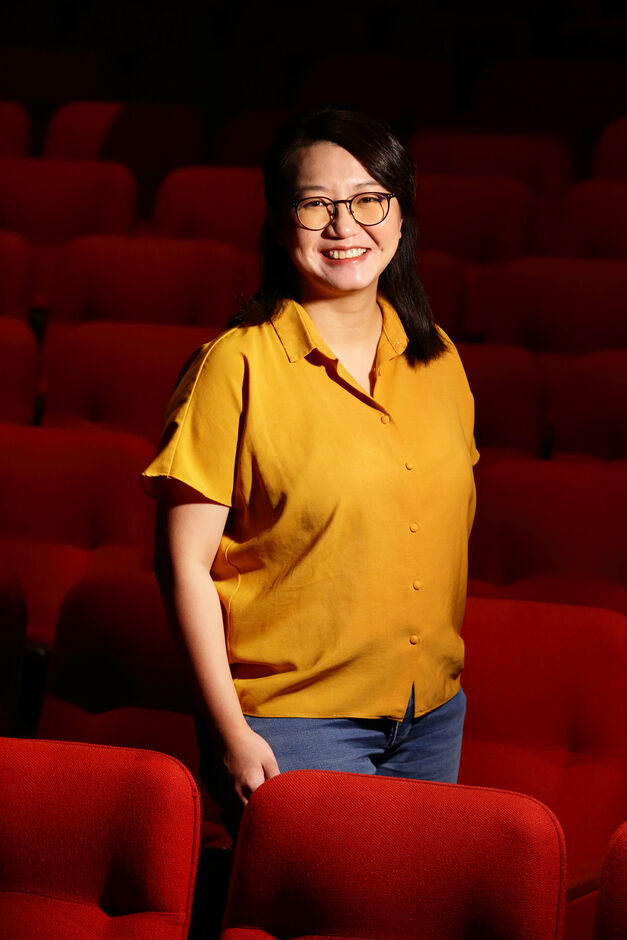
What is one line of advice that you would give to those who hope to follow in your footsteps?
RIT: Try to be as well-informed as you can; have one foot in the past and one foot in the future.
NINGRU: I wouldn’t advise following my footsteps, per se! Walk in your own footsteps but allow yourself to be inspired by everyone and everything. Refresh your palate often, push yourself to think beyond the conventional, and make bold choices.
“Refresh your palate often, push yourself to think beyond the conventional, and make bold choices.”
Moving forward, what are some goals that you have for yourselves?
RIT: I look forward to continuing my work as a performer, composer, and pedagogue and creating projects together for the betterment of music and our communities. I am also interested in further exploring and engaging in cross-pollination with other artistic disciplines and discovering what it might be when the spontaneous spirit of jazz meets multiculturalism in cosmopolitan Singapore.
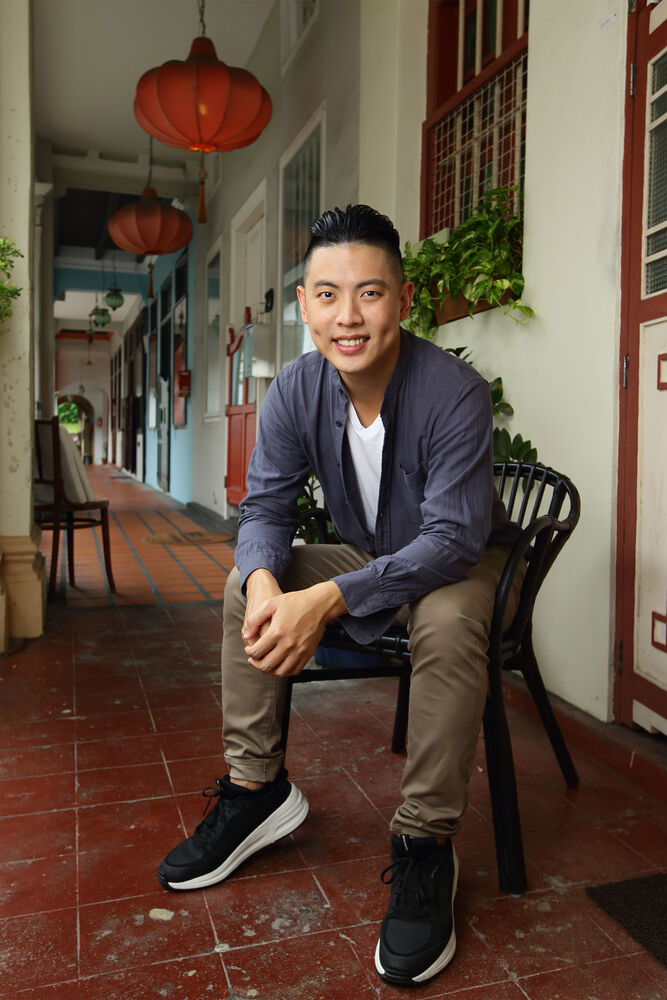
NINGRU: Being a new mum, this year has been a great blessing and challenge for me and my family. In the midst of juggling family and work, I hope to be able to focus on more immersive audio projects that are meaningful and cultivating my craft.
